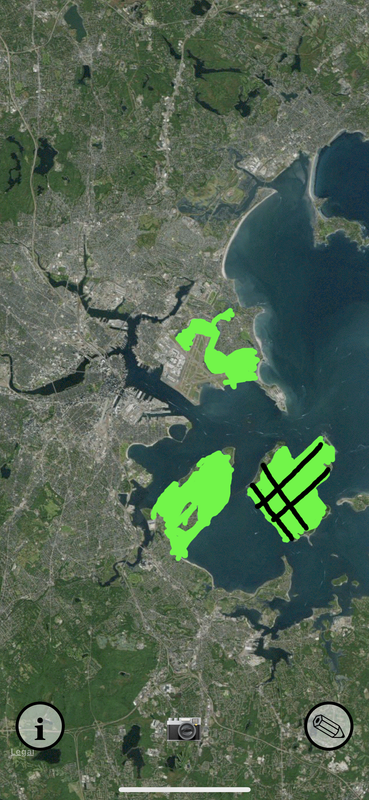stick n move
Superstar
- Joined
- Oct 14, 2009
- Messages
- 11,542
- Reaction score
- 16,678
When theres clearly extremely high housing demand and extremely low supply and the city is in dire need of units, I dont understand why they cant just do something like this. Pave and layout a grid that connects to the surrounding streets and sell the lots. Give some parameters for materials, height...etc and let it fill in. It would fill in organically vs an Assembly masterplan, developers would be all over it, the city gets a huge chunk of housing online.




